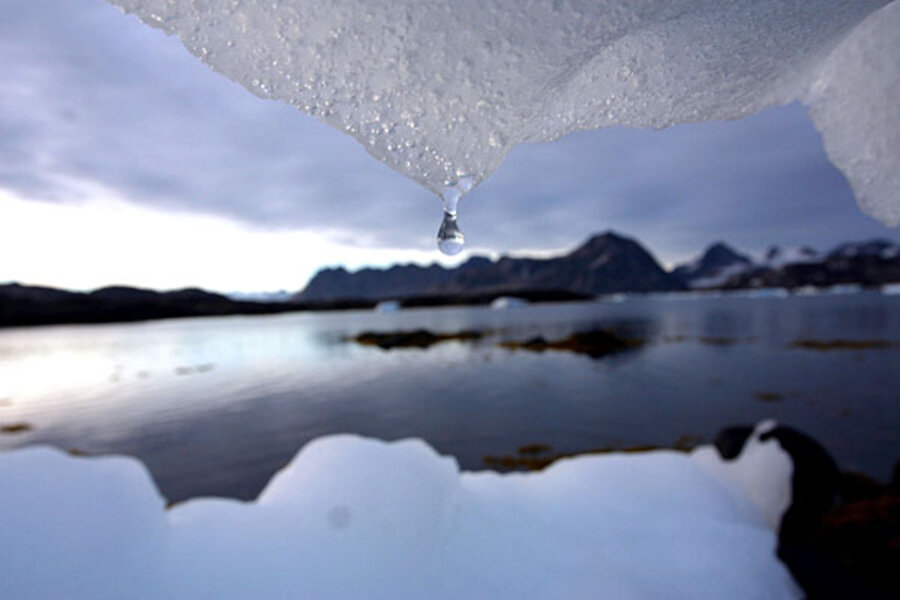Slight warming could mean big permafrost thaw, say scientists
Loading...
| Oslo
Ancient records from icy caves in Siberia show that a small amount of global warming can thaw vast areas of frozen ground and release harmful stores of greenhouse gases, a study showed.
Any melt of permafrost, or permanently frozen soil that covers almost a quarter of the northern hemisphere from Alaska to China, can also destabilise everything from oil and gas pipelines to buildings and roads.
"Global climates only slightly warmer than today are sufficient to thaw significant regions of permafrost," experts in Britain, Russia, Switzerland and Mongolia wrote in Friday's edition of the journal Science after studying Siberian caves.
A global rise of 1.5 degrees Celsius (2.7F) above late 19th century temperatures - less than a 2.0 C (3.6F) ceiling for global warming set in 2009 by almost 200 nations - could bring a substantial thaw as far north as 60 degrees latitude, they said.
Sixty degrees girdles the world through Siberia, Nordic nations, the southern tip of Greenland, Canada and south Alaska. U.N. studies show that temperatures have already risen by about 0.7 degree C (1.4F) since the 19th century and are still rising.
The scientists studied caves in Siberia and found a 500,000-year record of stalactites and stalagmites, rocks which only grow when water drips and so show periods when permafrost melted.
Deep freeze
In the cave furthest north at 60 degrees latitude, near the Siberian town of Lensk, they discovered that stalactites last grew 400,000 years ago in a naturally warm period.
Ancient records from elsewhere in the world, such as growth of forests in Greenland or Pacific Ocean temperatures inferred from fossils, indicated that global temperatures at the time were about 1.5 degree Celsius above 19th century levels.
"We need to study more caves, further north in Siberia," Anton Vaks, lead author of the study at Oxford University in Britain, told Reuters. He said there were worrying implications for the stability of infrastructure and global warming.
The United Nations Environment Programme (UNEP) estimates that permafrost contains about 1,700 billion tonnes of heat-trapping carbon, or twice the amount in the atmosphere.
A UNEP report said in December that permafrost had already begun to thaw in some areas and could release between 43 and 135 billion tonnes of carbon dioxide, the main greenhouse gas, by 2100.
Almost 200 nations agreed to the 2.0C limit on global temperatures above pre-industrial times - comparable to late 19th century temperatures - to avert more floods, storms and rising sea levels.
More than 100 poor nations want a tougher ceiling of 1.5 C. But it is slipping out of reach because greenhouse gas emissions are rising, especially in emerging nations led by China and India, while some rich nations are not making promised cuts.
The study also showed that the Gobi desert in Mongolia and China was likely to become wetter if temperatures rose by 1.5 C - stalactites in caves there also grew in ancient warm periods, indicating more rainfall.
A 1.5 C warming is "expected to dramatically change the environment of continental Asia, and can potentially lead to substantial release of carbon trapped in the permafrost into the atmosphere," the study said.
(Reporting By Alister Doyle; Editing by Mark Heinrich)





